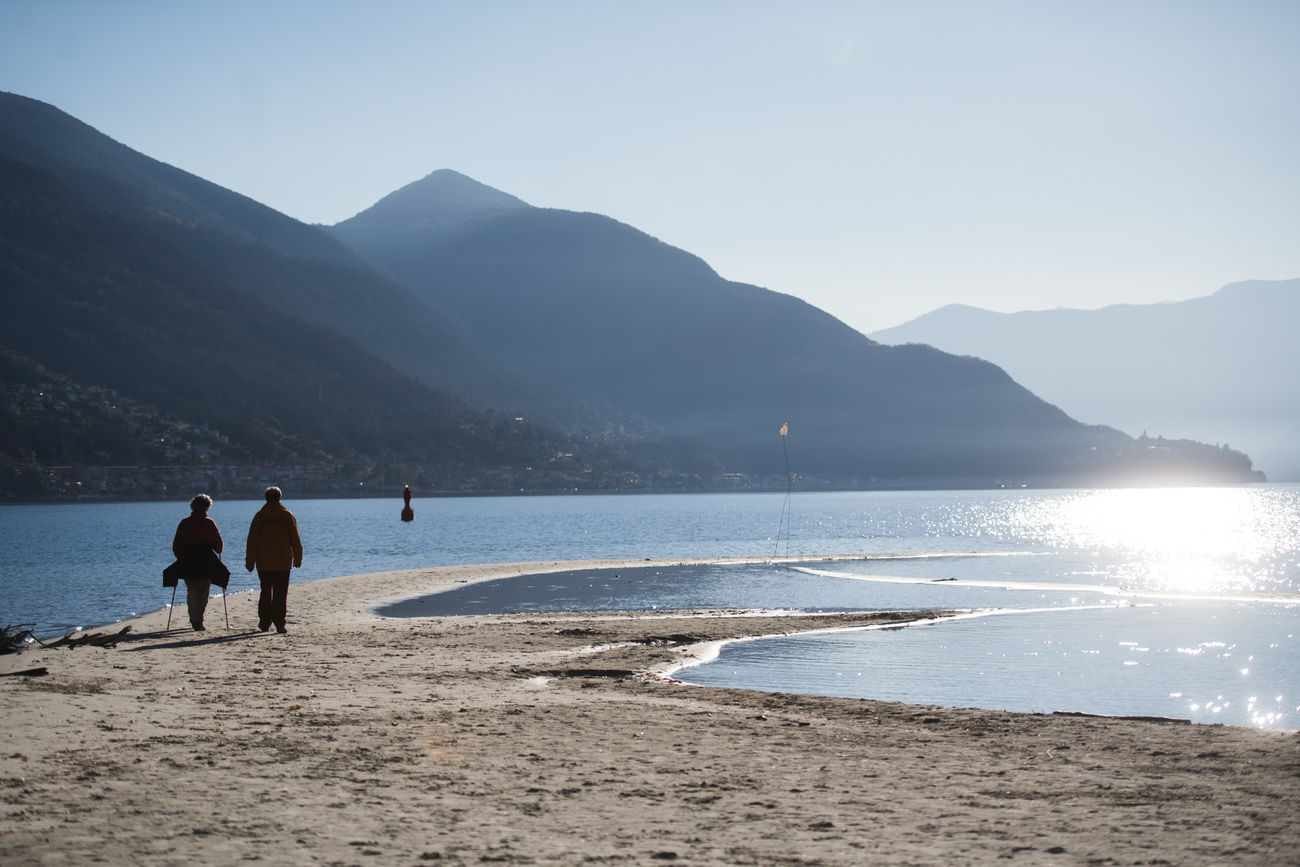Hydrology, Vol. 11, Pages 60: A Simulation–Optimization Model for Optimal Aquifer Remediation, Using Genetic Algorithms and MODFLOW
Hydrology doi: 10.3390/hydrology11050060
Authors: Yiannis Ν. Kontos
This paper investigates the optimal remediation process in an aquifer using Modflow 6 software and genetic algorithms. A theoretical confined aquifer has been polluted over a long period of time by unnoticed leakage in a pipeline conveying leachate from an adjacent landfill to a wastewater treatment plant. When the extended leakage and groundwater pollution are discovered, the optimal planning of the remediation strategy is investigated using the pump-and-treat method or/and hydrodynamic control of the pollution. The practical goal is to find the optimal locations and flow rates of two additional pumping wells, which will pump the polluted water or/and control pollution, protecting an existing drinking water pumping well, securing its fully operational mode even during the remediation process with the minimum possible cost, simply represented by the pumped water volume of the additional wells. The remediation process is considered complete when the maximum concentration in the aquifer drops below a certain limit. The Modflow software (handled by the Flopy Python package) simulates the flow field and advective–dispersive mass transport, and a genetic algorithm is used as the optimization tool. The coupled simulation–optimization model, Modflow-GA, complemented by a sophisticated post-processing results analysis, provides optimal and alternate sub-optimal remediation strategies for the decision makers to select from.

 1 week ago
26
1 week ago
26


